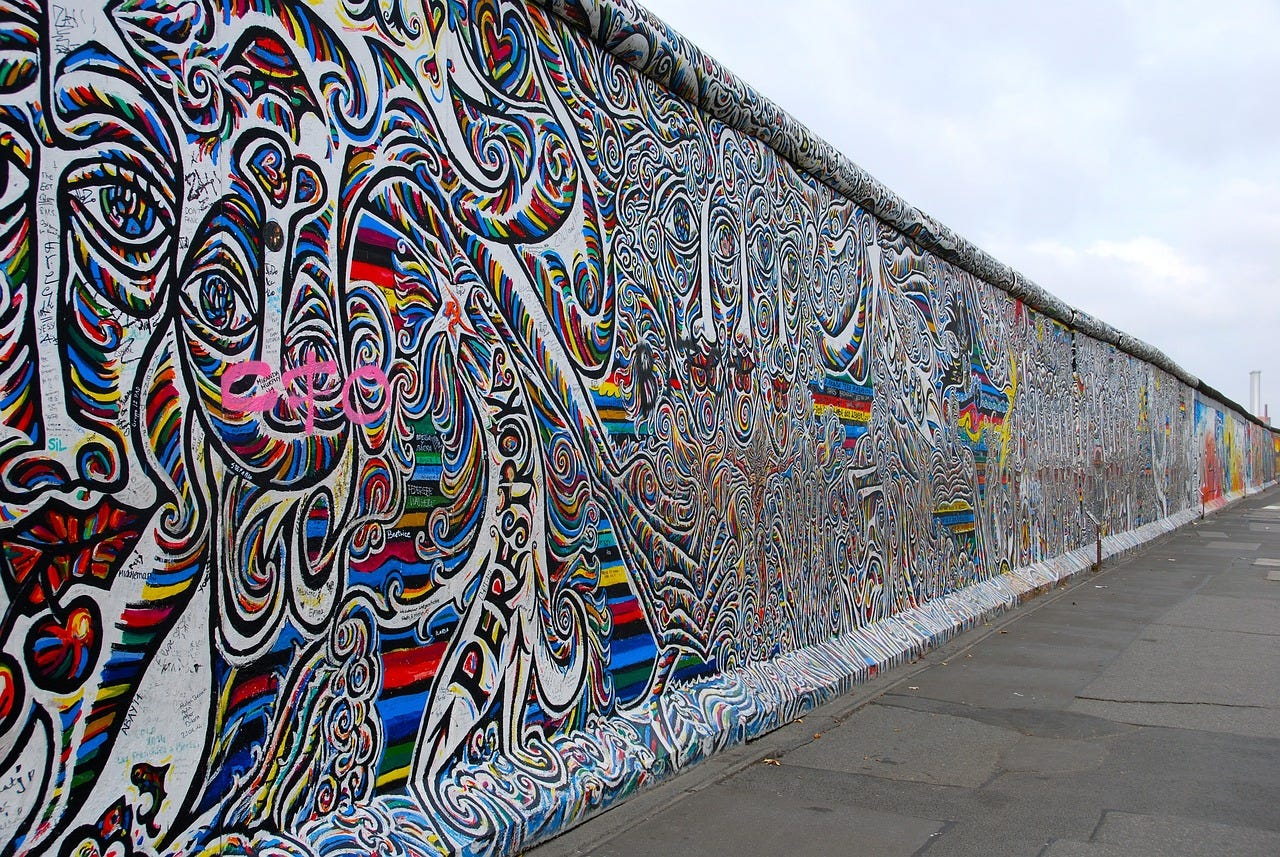This snack byte will take approx 4 minutes to consume.

When Sam Altman, the enigmatic CEO of OpenAI, casually dropped a tweet saying, “There is no wall”, the internet lit up like a GPU on overdrive.
Responses ranged from clever political jabs to hopeful musings about free ChatGPT. But while the jokes had their moment, the real buzz among AI enthusiasts and tech moguls quickly turned serious.
That “wall” is a metaphor for a burning question: have the scaling laws that have driven advancements in generative AI for over a decade finally hit their limit?
Let’s unpack this.
Scaling laws, while sounding like something scrawled in Newton's notebook, are more akin to Moore’s law—a trend rather than an ironclad rule. They suggest that as computational power increases, so does AI performance, often doubling in capability every six months.
Nvidia, the company whose GPUs are the silicon backbone of AI, has ridden this wave to become the world’s most valuable tech firm. And its CEO, Jensen Huang, isn’t ready to throw in the towel.
At Nvidia’s November earnings call, Huang doubled down, extolling the virtues of scaling laws and teasing the arrival of their next-gen GPUs, codenamed Blackwell. These chips are set to train even more powerful AI models, pushing the boundaries of what large language models (LLMs) like OpenAI’s GPT-4 or Google’s Gemini can achieve. Huang didn’t mince words: the AI arms race is on, and Nvidia is arming the frontrunners.
Nvidia’s financials back up this confidence. For the quarter ending October, the company reported a jaw-dropping $35 billion in revenue, a 94% year-on-year increase.
Projections for the current quarter stand even higher at $37.5 billion. Demand for Blackwell GPUs, which promise massive performance gains, is exceeding expectations. Huang predicts that 100,000 Blackwells will soon be humming away, training the next wave of LLMs and powering the demanding inferencing tasks these models require.
But not everyone’s onboard the “scaling forever” hype train. Critics point out that OpenAI hasn’t released a successor to GPT-4 yet, and Google’s Gemini has underwhelmed despite its colossal R&D budget.
The skeptics argue that throwing more compute at the problem may not always yield proportionate returns. It's like trying to win a race by strapping more jet engines to a car—it works, but only up to a point.
Huang counters with a compelling argument: scaling isn’t just about training; it’s about inference too. Modern LLMs, like OpenAI’s recent o1 model, perform complex reasoning by breaking problems into smaller steps—an approach that mimics human “thinking.”
This capability demands significantly more computational power than traditional responses. Inferencing is no longer just answering questions; it’s about solving puzzles and executing intricate tasks. Nvidia’s Blackwell GPUs, Huang claims, will excel in this domain, making them indispensable as AI adoption grows.
And AI is growing. Companies across industries are experimenting with generative AI to improve processes, create content, and develop insights. However, scaling AI across an organization isn’t straightforward. It requires not just hardware but also strategic integration, skilled talent, and cultural shifts—challenges that many firms are still grappling with.
For all the buzz about disruption, widespread adoption remains a work in progress.
Huang acknowledges these hurdles but remains bullish. He compares the AI revolution to past technological breakthroughs, arguing that transformative tools often take years, if not decades, to fully integrate into society. And while skeptics question whether the reasoning capabilities of today’s models justify their cost, tech giants continue to pour billions into GPU-powered AI infrastructure.
The bottom line? Nvidia’s fate and the future of scaling laws are deeply intertwined. If Huang is right, and scaling can push AI to new heights in reasoning and utility, the tech industry is just getting started.
If not, well, Nvidia’s stockholders might start feeling the heat. Either way, as Huang, Altman, and Nadella debate where the wall stands—or if it even exists—one thing is certain: AI is in no rush to slow down, and Nvidia's Blackwell GPUs are fueling that acceleration.
For now, the wall remains a mirage, at least in Huang’s view, and the race to scale continues with no pit stops in sight.


